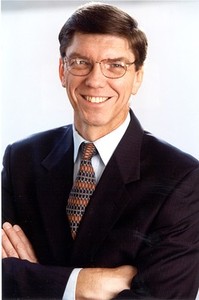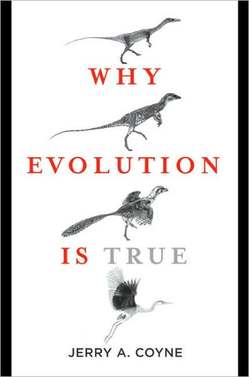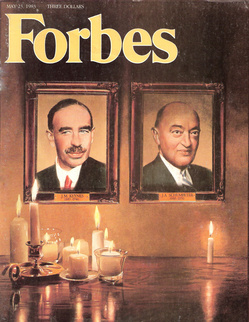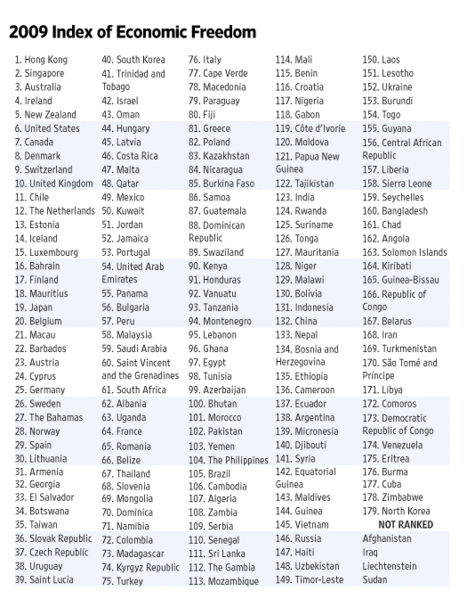Source of book image: http://images.barnesandnoble.com/images/34000000/34009038.jpg
Christensen’s new book hit the shelves in December 2008. His ideas on health care are promising, if the special interests don’t get in the way. (I have not yet read the new book, but have read earlier versions of his proposals on how disruptive innovations can improve health care.)
(p. R2) BUSINESS INSIGHT: Your coming book, “The Innovator’s Prescription,” takes a look at health care. How likely do you think it is we’ll see substantial innovation in the structure of the U.S. health-care system?
DR. CHRISTENSEN: Well, one great benefit of the current economic crisis is that it will create pressure to find a real solution to the health-care problem. Right now, emergencies exist at companies like General Motors, which has got to drive the cost of its health care down. Every city and town in America would be bankrupt if they kept their books the way private-sector companies keep their books — because of the obligation cities and towns have taken upon themselves to provide health care for their retirees.
And so we really are in an emergency where it’s likely that employers and health-care providers are open to completely rethinking some of the basic assumptions that made innovation seem impossible. What we’re hoping with this book is that we can just bring a way to frame the problem that can help people reach consensus around a course of action that otherwise, at another time, would have seemed quite counterintuitive.
For the full interview, see:
Martha E. Mangelsdorf, interviewer. “Executive Briefing; How Hard Times Can Drive Innovation.” Wall Street Journal (Mon., DECEMBER 15, 2008): R2.
(Note: ellipses added.)







